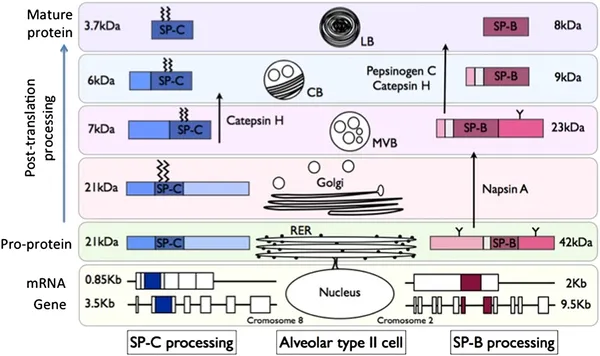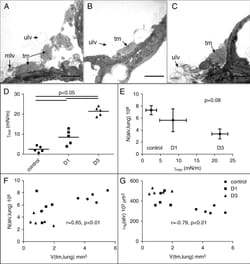Lopez-Rodriguez, E., Pérez-Gil, J.: BBA-Biochim Biophys Acta. 2014;1838(6):1568-85.
To access the full article, click here:

Pulmonary surfactant is an essential lipid–protein complex to maintain an operative respiratory surface at the mammalian lungs. It reduces surface tension at the alveolar air–liquid interface to stabilise the lungs against physical forces operating along the compression–expansion breathing cycles. At the same time, surfactant integrates elements establishing a primary barrier against the entry of pathogens. Lack or deficiencies of the surfactant system are associated with respiratory pathologies, which treatment often includes supplementation with exogenous materials. The present review summarises current models on the molecular mechanisms of surfactant function, with particular emphasis in its biophysical properties to stabilise the lungs and the molecular alterations connecting impaired surfactant with diseased organs. It also provides a perspective on the current surfactant-based strategies to treat respiratory pathologies.




